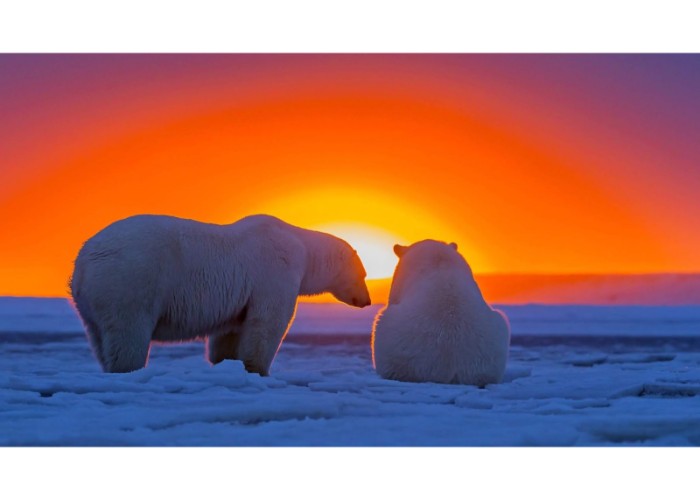Though many of the world’s largest desert is for its heat and sand, the largest deserts on the planet will surprise you.
A desert is an area with little or no amount of rainfall having hostile conditions for plants and animal life and here the images of the top ten largest deserts in the world.
1. Antarctic Desert – (5,500,000 sq mi)
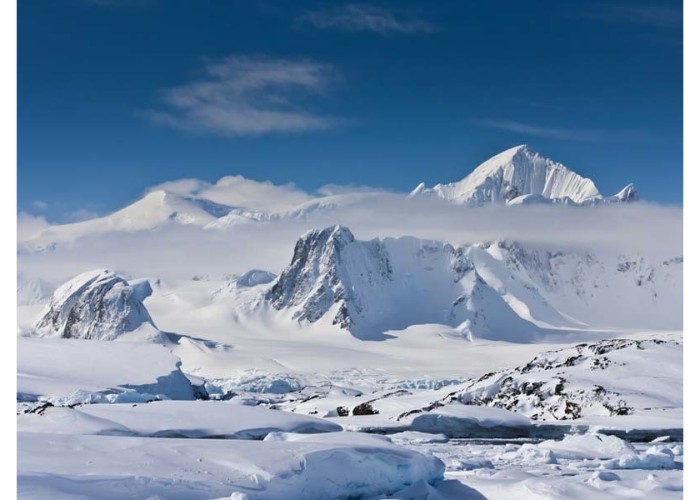
This is the largest desert in the world. Located with the South Pole region, it is the driest, windiest, and coldest region on earth. It has the highest average elevation on earth compared to any other continent. The totality of Antarctica is a desert.
2. Arctic Desert – 5,400,000 (sq mi)
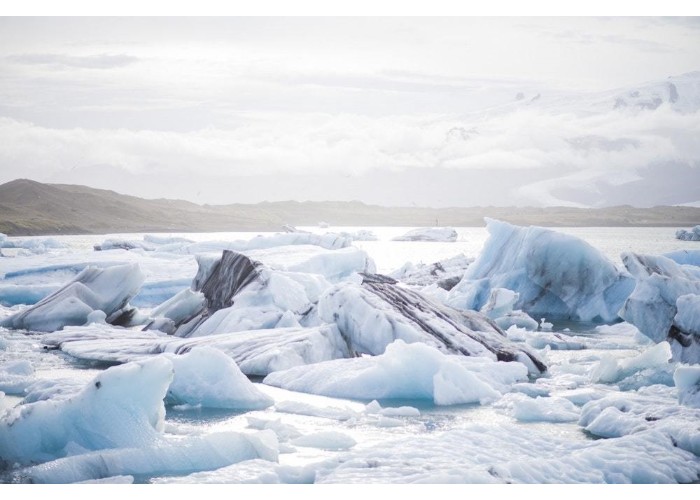
The Arctic Desert is regarded as the second largest desert in the world. It occupies parts of territories such as by Canada, Denmark, Norway, Russia, Sweden, and the United States. It is a cold desert, characterized by high winds that stir up snow.
3. Sahara Desert – (3,500,000 sq mi)
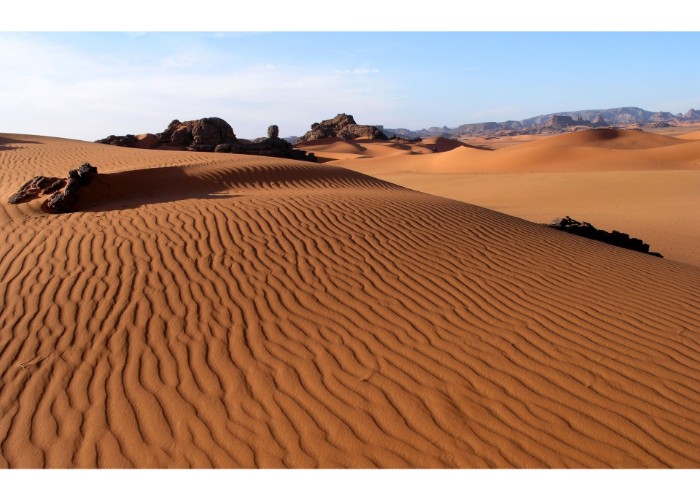
Regarded as the third largest desert in the world, and the world’s largest “hot deserts. This desert occupies most of the land in North Africa. It comprises of rocky hamada (a barren rocky landscape).
4. Arabian Desert – 900,000 (sq mi)
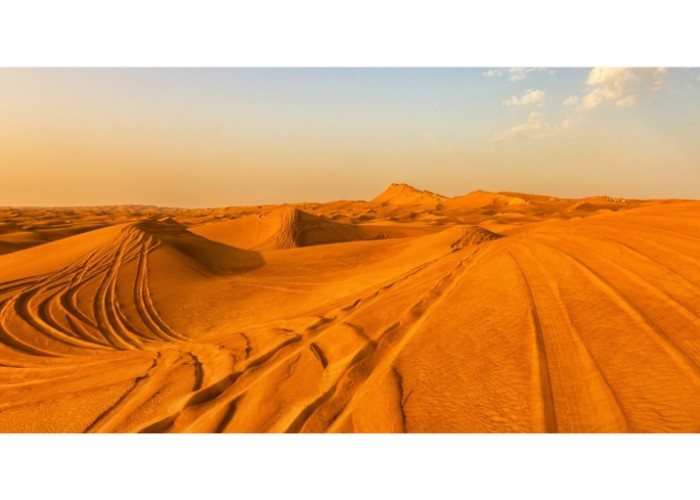
The Arabian desert covers nearly all the Arabian Peninsula, from Yemen, the Persian Gulf, Oman, Jordan to Iraq. It has a land surface of about 900,000 square miles. It has the largest continuous body of sand in the world
5. Gobi Desert – 500,000 (sq mi)
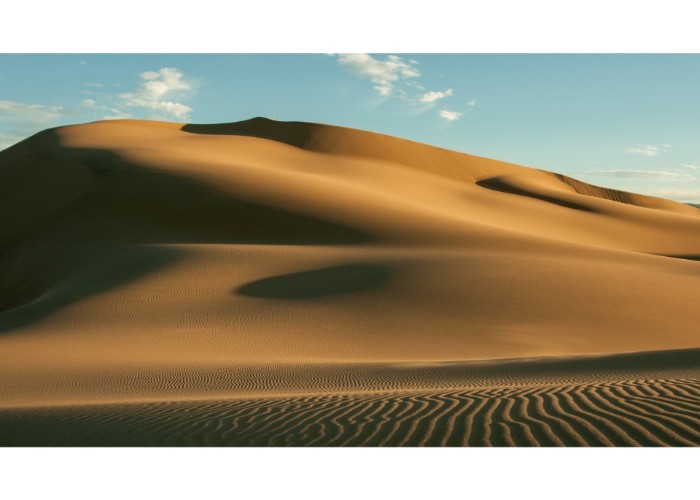
The Gobi Desert also called the “rain shadow desert. It covers parts of northwestern and northern China, as well as the south of Mongolia. Most of the Gobi’s surface is exposed with bare rocks. It is also a cold.
6. Kalahari Desert – 360,000 (sq mi)
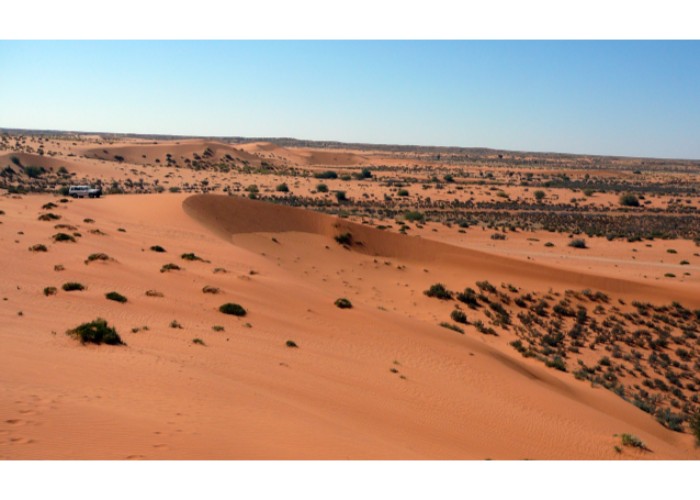
The Kalahari Desert is a semi-arid savanna located in southern Africa.It includes parts of Namibia, Botswana, and South Africa. It is always characterized by seasonally inundated pans, dry valleys, and salt pans
7. Great Victoria Desert – (220,000 sq mi)
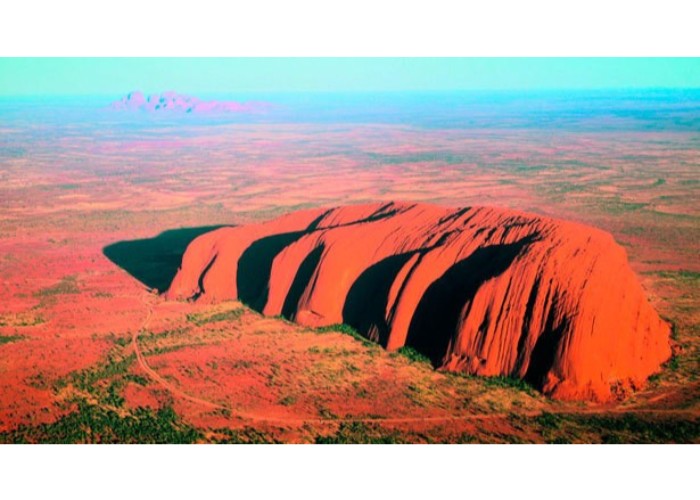
The Great Victoria Desert is refereed to as the largest desert in Australia. It engulfs the Gawler Ranges of South Australia to the Eastern Goldfields region in Western Australia.
Here, there is minimal rainfall precipitation ranging from 200-250 mm per year.
8. Patagonian Desert – (200,000 sq mi)
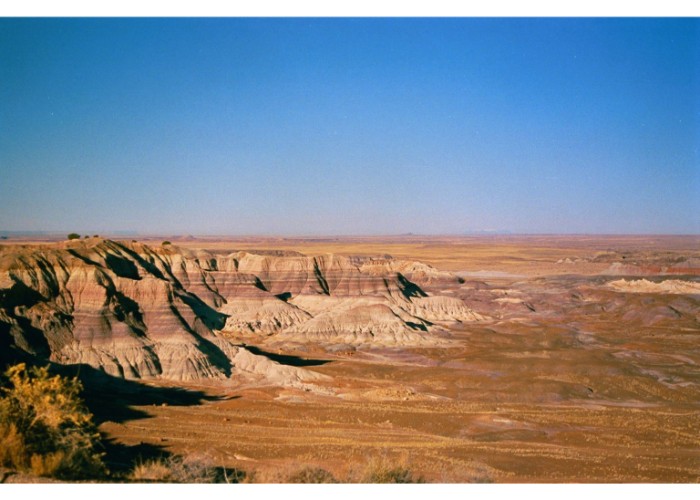
The Patagonian Desert is arguably the largest desert in the South American nation of Argentina extending into parts of Chile.
The Atlantic Ocean borders Patagonia to the east and the Andes Mountains to the west. It is a cold winter desert, with extreme average temperatures lower than 12 degrees Celsius.
9. Syrian Desert – 200,000 (sq mi)

The Syrian Desert has the combination of a real desert and a steppe. It occupies the north of the Arabian Peninsula in Syria.
It is a flat and rocky desert. The Syrian Desert covers parts of Syria, Iraq, Saudi Arabia and Jordan.
10. Great Basin Desert – (190,000 sq mi)
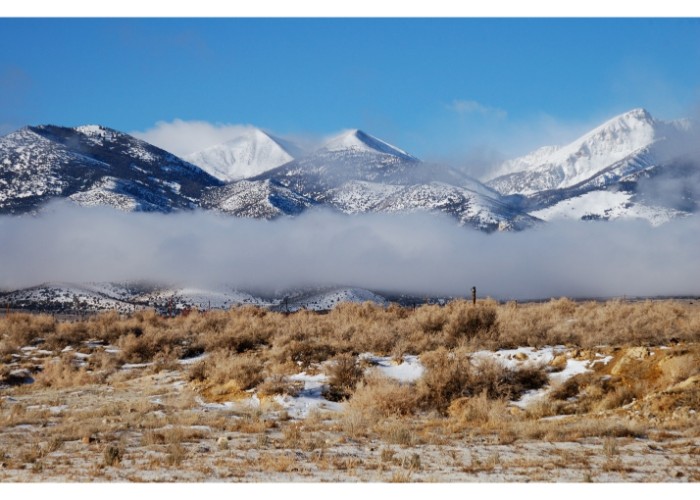
The Great Basin Desert is the largest desert in the United States of America. It occupies areas from the Great Basin between the Sierra Nevada and the Wasatch Range. It largely overlaps the Great Basin shrub steppe and it is a cold desert.
